Ten stately homes which became hospitals during the First World War
To mark 100 years since the end of the First World War, The Royal British Legion draws our attention back to those grand family homes which opened their doors to wounded soldiers from all over the world, as well as their own boys at the front.

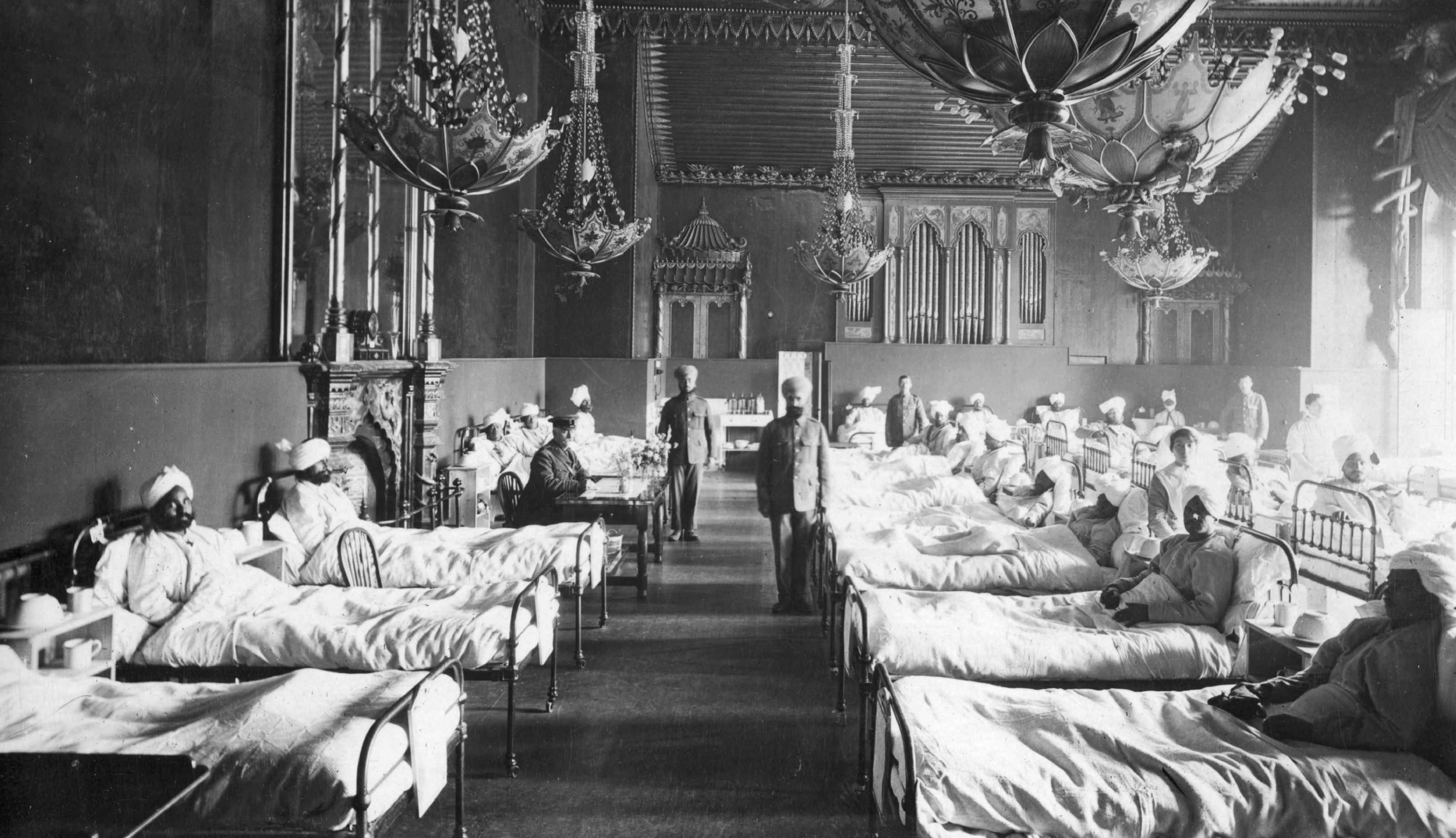
Every Tuesday, we re-visit an article from Country Life's architecture archives. Today we look at a piece we ran last year which explained how some of the greatest houses in the country were converted into military hospitals during the First World War.
With 2018 being the centenary of the end of the First World War, The Royal British Legion has launched the 'Thank You' movement to both commemorate and express their appreciation for all of those who served and sacrificed for the war effort.
Among the unsung heroes of the war years are many of Britain's stately homes, along with their owners and staff, who played a vital role by transforming into convalescent homes and hospitals for wounded soldiers. Here are some of those stories.
Highclere Castle

Highclere Castle – much like its fictional counterpart Downton Abbey – first began receiving patients in September 1914 after Almina, the 5th Countess of Carnarvon, took on the role of Matron and opened the house as a hospital. Lady Carnarvon brought comfort and luxury to her wounded house guests, offering delicious food, wine and brandy to the soldiers.
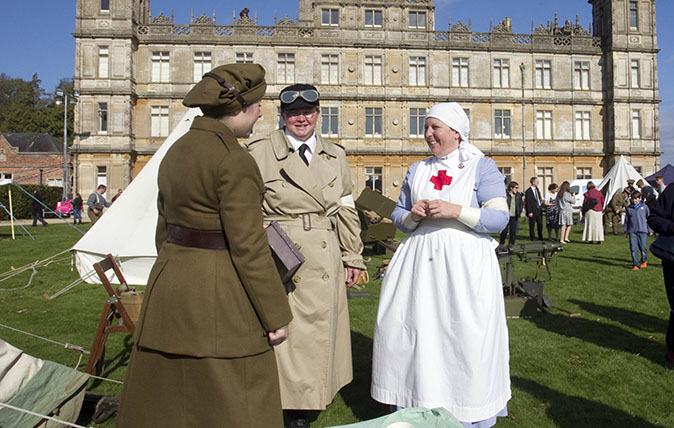
The Countess had a gift for healing and she often sent long telegraphs to families of her injured patients to tell them of news. The castle, located in Newbury, returned to being a private home in 1922.
Royal Pavilion in Brighton
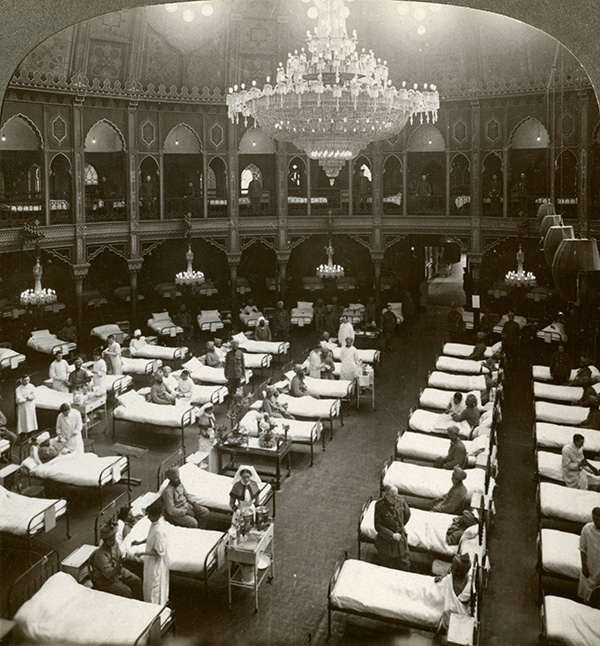
In 1914, The Royal Pavilion in Brighton (also pictured at the top of the page) became the first hospital for Indian soldiers to open in Britain. Soldiers from India, along with other countries in the Commonwealth, played a huge role in fighting for Britain in during the war.
The former palace was transformed into a state of the art medical facility in under two weeks with the newest X-ray technology of the time of the time being installed and two operating theatres purpose built.
Exquisite houses, the beauty of Nature, and how to get the most from your life, straight to your inbox.

Around 600 beds were brought into the Pavilion, with over 2,300 Indian soldiers treated for their injuries in during 1915. Between 1916 and 1920 it became a hospital for British soldiers.
The princes and people of India donated the Indian Gate, located at the Southern entrance of the grounds, to say thank you for the care and attention the Royal Pavilion staff showed their soldiers.
Dunham Massey Hall
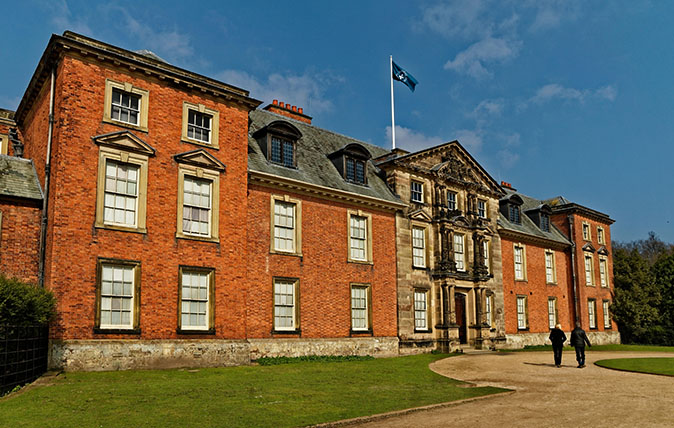
Dunham Massey Hall in Cheshire was transformed in to the Stamford Military Hospital when Lady Stamford offered it to the Red Cross in 1917. Lady Stamford’s daughter, Lady Jane Grey trained as a nurse in order the help the wounded soldiers who came to the Hall to recover.
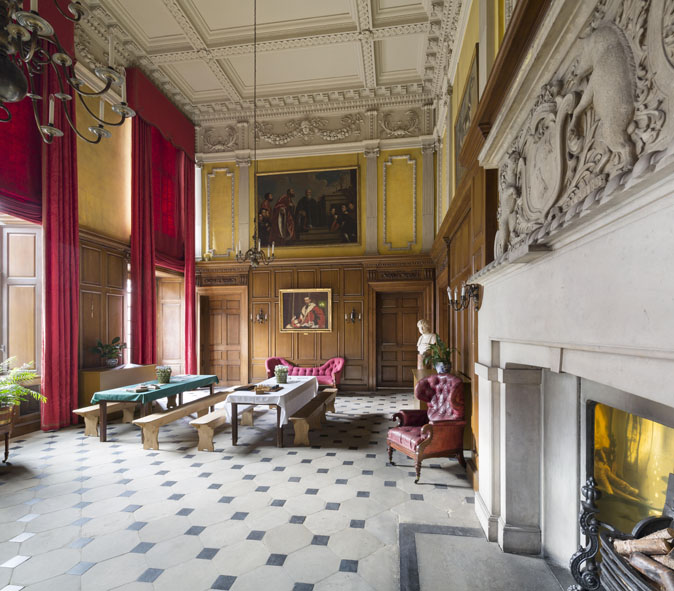
The hospital treated 282 soldiers over two years and quickly became known as the ‘safe house’ amongst those returning from the Western Front. Soldiers would play chess, walk on the grounds and take boat trips to pass the time while recovering from their various injuries. Dunham Massey Hall, now owned by the National Trust, is open to visitors and has recreated the soldiers' refectory in the Great Hall.
Great Dixter
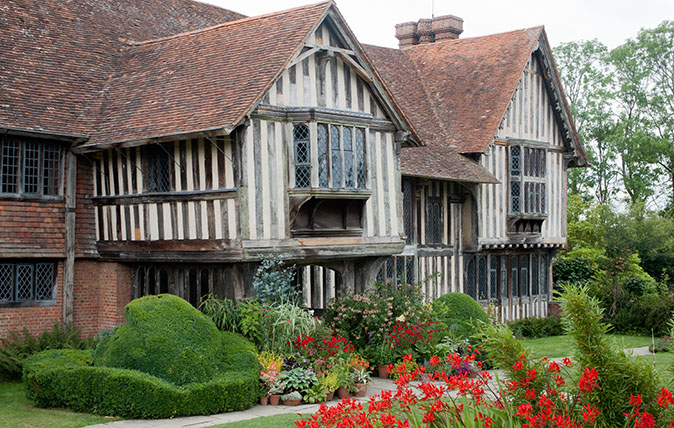
For four years during World War I, Great Dixter opened its doors to 380 wounded soldiers. The great hall and the solar were converted into temporary wards to house 20 patients at a time, while the solar was also used as a refectory for the injured troops.
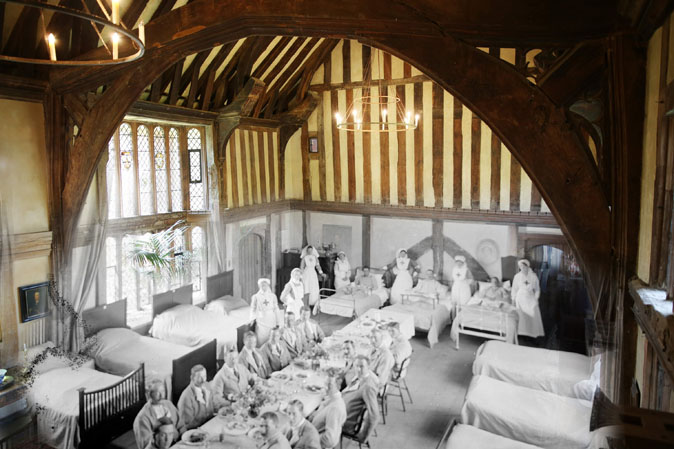
Seventeen Red Cross nurses were brought in and a matron was hired to run the hospital, as Mrs Daisy Lloyd, the wife of the owner, was a keen gardener and wished to devote her time to maintaining the estate and its surrounding grounds.
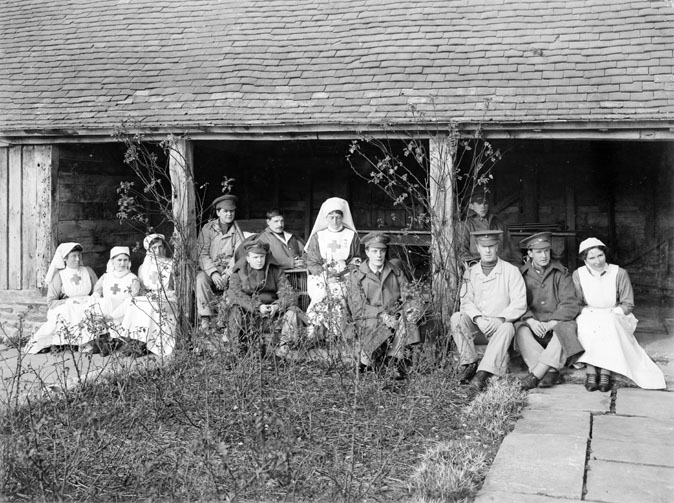
Despite his parents' lack of interest in medicine, Oliver, the eldest son of Nathaniel and Daisy Lloyd who was only 3 when the war began, grew up to be a doctor. Their youngest daughter trained as a nurse.
Wrest Park
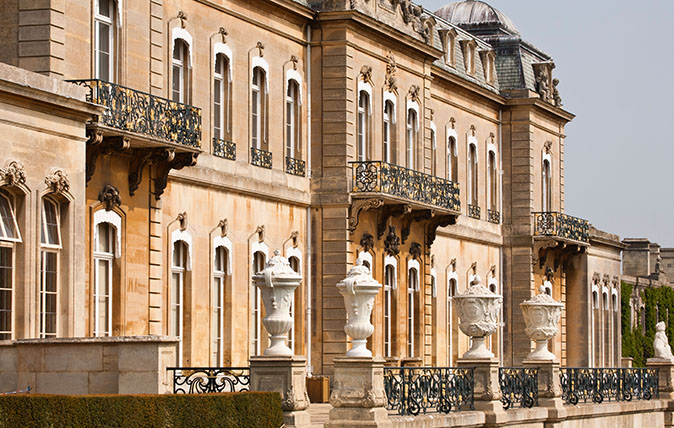
Wrest Park in Bedfordshire acted as a hospital between 1914-1918, after it was donated by its owner Auberon Herbert. It was thought to be the first stately home to be converted into an auxiliary hospital. Hundreds of women acted as nurses at Wrest Park in those four years, led by the owner's sister Nan Herbert, who volunteered as matron.
Nan left a diary detailing various tales told by the soldiers whom she cared for – some of which are currently on display in Wrest Park, now a National Heritage site. It is estimated that around 1160 men were treated in this beautiful home as it rose to be one of the best convalescent homes in the country, before suffering a fire in 1916. The building was repaired, but never reopened as a hospital again.
Blenheim Palace
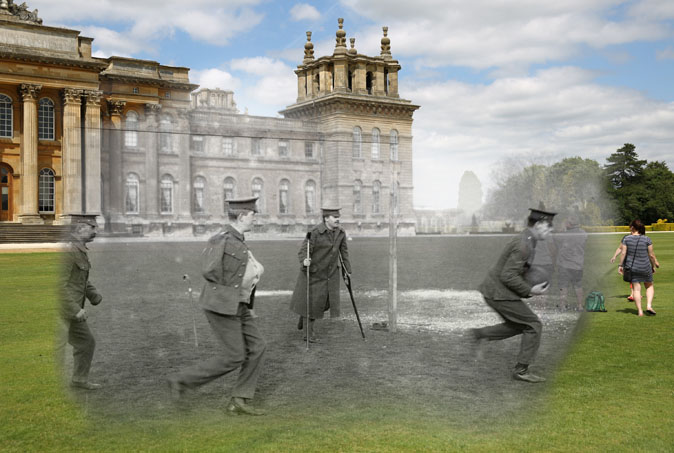
Blenheim Palace in Oxfordshire was owned by the Marlborough family, who kindly donated their home to become a war hospital in 1914. The palace converted the Long Library into a ward, providing around 50 beds for wounded soldiers. They also created a surgery room, along with a smoking room and a reading room for the soldiers' exclusive use.
Famously the birthplace of Sir Winston Churchill, the palace was offered out as a hospital by the 9th Duke of Marlborough and his sisters, along with Gwendoline Spencer Churchill, Sir Winston's sister-in-law.
Woburn Abbey
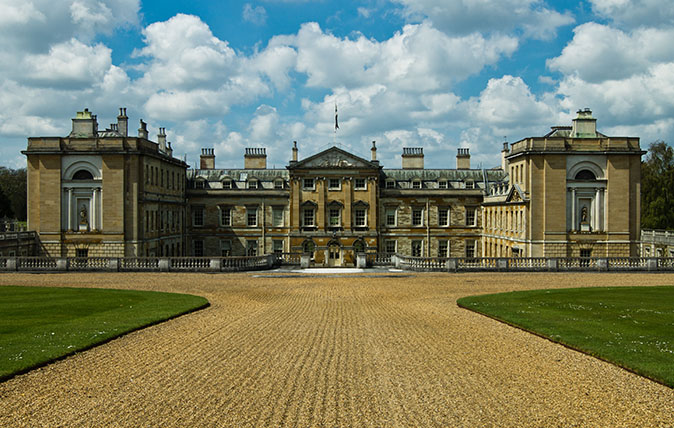
Mary, the wife of the 11th Duke of Bedford, took on the dual role of administrator and nurse when she opened Woburn Abbey to the public as a military hospital in 1914. The stables were also converted into a ward to house more soldiers. This was after her offer to volunteer her yacht and crew as a patrol boat was rejected.
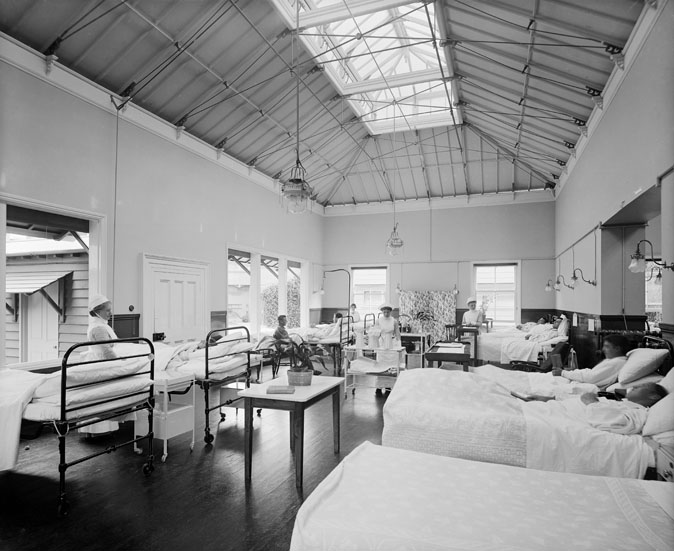
The Duchess took her work as a hospital worker very seriously. In February of 1915, The British Journal of Nursing reported her saying, 'One cannot touch hospital work without at once grasping the importance of trained nursing, how all essential it is. I have no volunteer nurses in the Abbey Hospital.'
Attingham Park Mansion

The Attingham Estate in Shrewsbury was owned by Lord Berwick and his wife Teresa Hulton. A philanthropic couple, Teresa came to England from Italy in 1914 to help Belgian refugees while Lord Berwick opened up his mansion to convalescing wounded soldiers.
Teresa bravely served as a nurse for the Red Cross on the Italian front line before immigrating to Britain, before marrying Lord Berdwick at the end of the war. Attingham Park Mansion had 60 beds for wounded soldiers and an operating theatre was built for doctors to attend more serious war injuries.
Howick Hall

Howick Hall in Alnwick, Northumberland was transformed into a hospital at the very outbreak of the war in 1914. At the time the hall was inhabited by Lady Sybil Grey, daughter of the fourth Earl Grey, who dedicated her home and her time to helping her patients. The hall’s ballroom was transformed into a ward and over 400 patients were looked after by Sybil, her family and local volunteers.
Howick Hall provided a great atmosphere for those recovering from injuries. On Christmas Eve, 1915, they pushed the beds aside and held a dance and banquet for the soldiers. Inspired by her work at Howick, Lady Sybil later sailed to Petrograd in Russia and set up a further hospital there. She then set up a field hospital on the front line, where she was injured by shrapnel from a hand grenade. She returned to Britain to recover and was later awarded an OBE for her admirable work.
Trent Bridge

Not a stately home, of course, but two pavilions of the home of Nottinghamshire Cricket Club, built in 1841, were transformed club into wartime hospitals. As many as 3,553 patients were looked after in the Main Pavilion and Old Ladies Pavilion between 1915 and 1919, and both buildings were expanded to accommodate 300 beds by the end of the Great War.
Hundreds of cricketers joined their Territorial Army regiments to fight, and six cricketers linked to Trent Bridge were killed, one being William Riley, a well-known professional who played for the county for five years ahead of the war.
Visit the Royal British Legion’s website to find out more and learn how to become involved in ‘Thank You’.
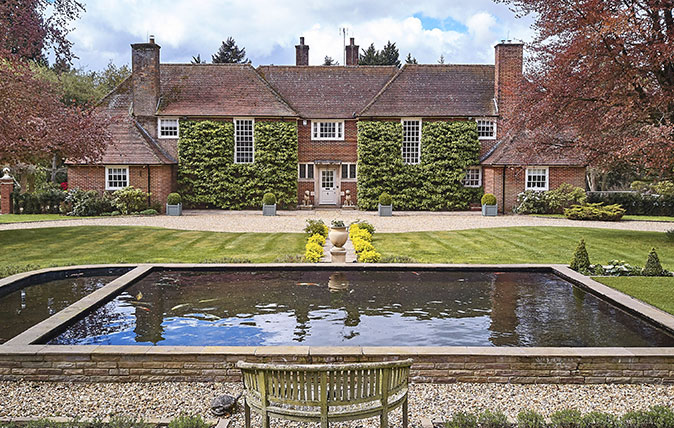
Credit: Jackson-Stops
The beautiful equestrian home of the famous Dutch philanthropist who championed Danish refugees during World War II
The Dower House has been returned to it’s original state as an elegant family home, perfectly designed for all manner
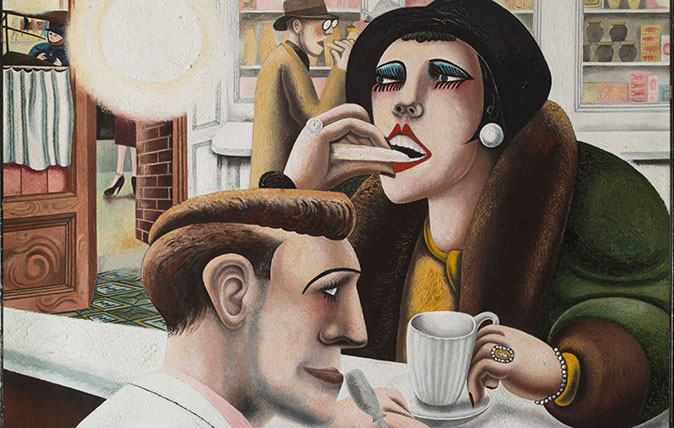
In Focus: The evocative, sensual masterpiece created in the wake of the First World War
Edward Burra was too young to have fought in the First World War, but his powerful oil painting The Snack

An Isle of Wight 'super-cottage' built by Queen Victoria and Prince Albert is up for sale
Queen Victoria's children and guests lived for years in the exquisitely detailed Osborne Cottage, which offers its buyer the opportunity
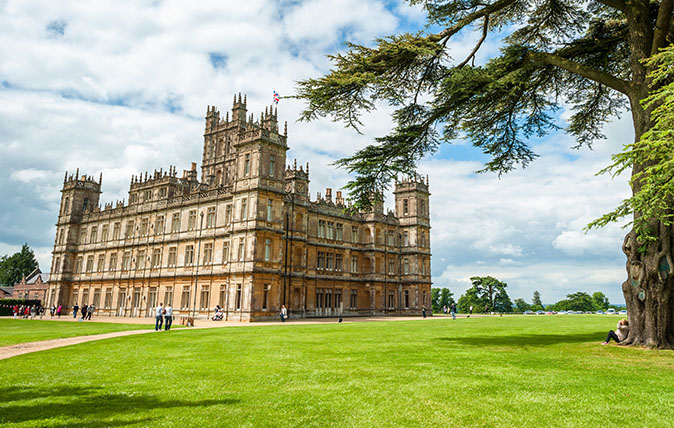
Life after Downton Abbey: How Highclere Castle is moving on
Highclere Castle was made famous across the world as Downton Abbey – and the money that it generated saved this beautiful
